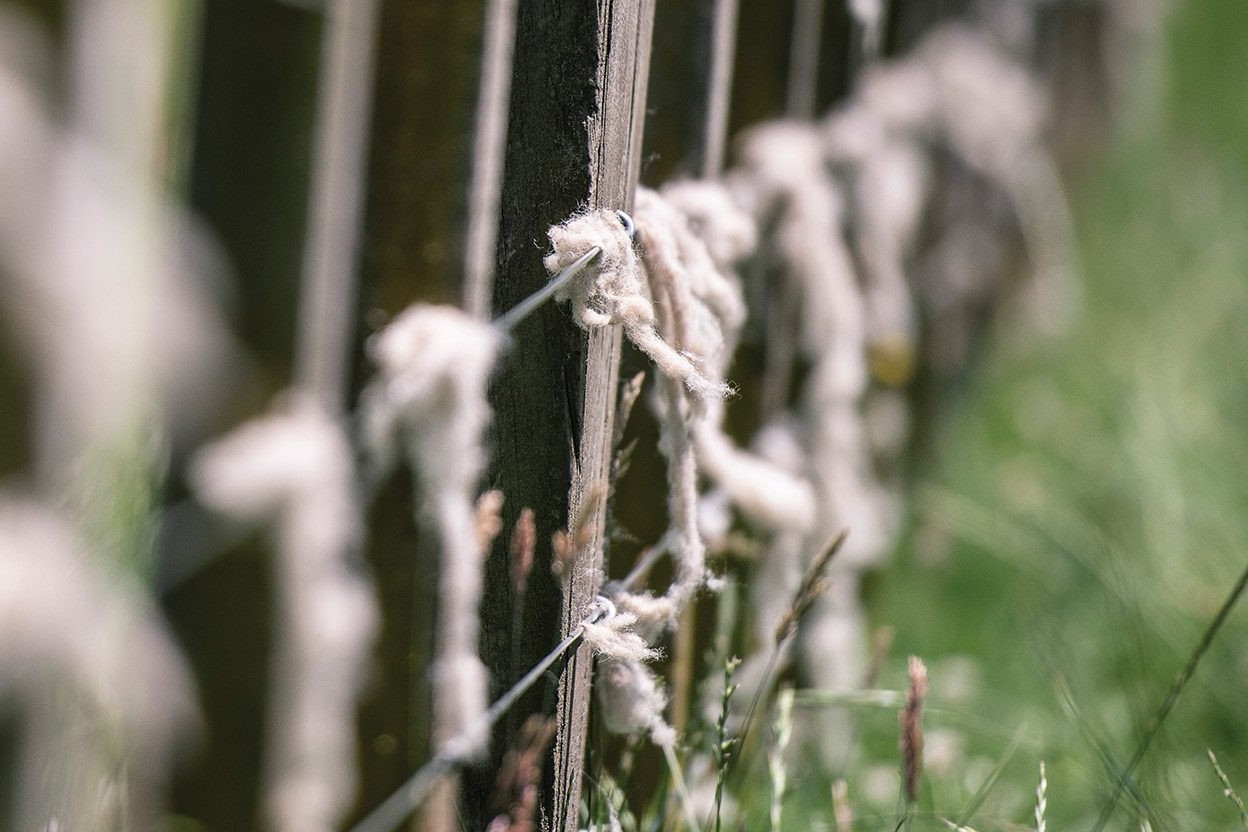Sheep of the future
Whether a sheep has wool or no wool, the one that requires very few inputs is the sheep of the future, vet Trevor Cook writes.

Whether a sheep has wool or no wool, the one that requires very few inputs is the sheep of the future, vet Trevor Cook writes.
All animals, including humans, have been around in some form or other for millions of years. There are no new animals. The threat we have is that some animals are disappearing from existence.
Sheep are not at risk of disappearing despite their rapid decline in numbers in New Zealand. A mere 20 million have gone to the ram this year. There are heaps of valid reasons for that decline and it is unlikely numbers will lift again, unless coarse wool fetches $20/kg or lamb $15/kg. Despite this poor outlook, huge effort continues in improving what we have.
In NZ we have 27 registered breeds while in the United Kingdom they have more than 90. The value of registered breeds is decreasing fast as stud sheep are compared to each other regardless of breed.
China has the most sheep, these being largely hair varieties. A lasting memory I have is artificially inseminating hundreds of local sheep way inland in China with semen from NZ composite rams. If I had not been told they were sheep I would have thought that they were goats.
The transition of the NZ sheep flock in my working life from a wool producer to a meat producer, except for fine-wool sheep, has been immense. The statistic that drove a lot of farm purchases was the return on wool. In today’s money coarse wool was worth $60/ kg in 1960. The massive change since then has been in reproductive performance and meat production in coarse-wool sheep.
I have contact with and input into about 10 registered sheep breeders’ businesses scattered throughout the country. I need to be careful in these interactions because I cannot be seen to give biased advice from that association. Nevertheless, I am presumably adding value. This is usually not so much into the management of the stud operation but for some the integration of that into the whole farm system.
A common opinion sought is my perspective of what farmers want. While this is still largely just high production, more and more it is also other traits.
Facial eczema tolerance is a big one, but worm resistance or resilience is becoming more wanted. Conformational soundness is very often the reason for farmers looking to change. The trait some breeders are claiming is low-cost sheep. The challenge is that as with worm resistance, it is hard to see or test in the commercial world.
All these breeders think they are, and are, breeding sheep of high genetic merit. Not all in the top 10 but to all rams sold they are well up there. Of those in the very top rankings their genetics are hardly dominating what is used each autumn. Even among the top commercial performers there is a massive range in studs represented. Which just highlights production is driven mostly by management. Genetics set the potential, how much of that potential is captured is up to management.
The vigour put into sheep breeding is as intense as it has ever been despite the lowering numbers. There is reason for the good ram breeders to be positive because as new demands are put on livestock production there is the need to produce more from less.
The ewe that consistently weans more than 100% of its body weight, consumes only 550kg of drymatter in a year, has minimal requirement for inputs such as dagging, crutching, dipping or drenching and has a productive life of six years plus is a sustainable sheep. Only performance-driven selection will get such sheep. Many of those elements are already available.
The almost revolution-like change with so many farmers moving to have sheep that do not need to be shorn shows the power of economic drivers. The extra benefits these sheep bring are cementing that change.
Lambings underway now of imported genetics delivering such sheep could unleash a tidal wave of change. But there are many obstacles before they deliver as much as the top woolly sheep. I hear a lot of the potential of a supply/demand imbalance with less wool being harvested driving up the wool price.
Regardless of no wool or wool, that efficient sheep that requires very few inputs is the sheep of the future.




